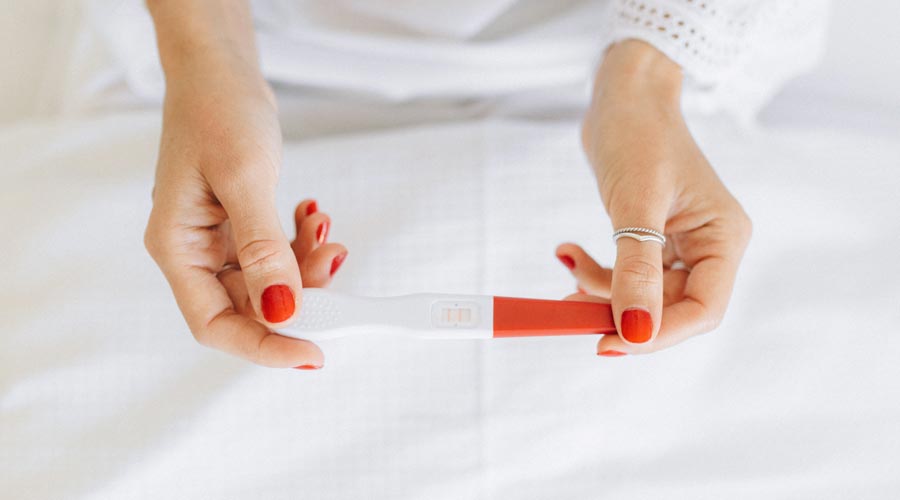
Hooray, your period has stopped! Now, of course, you want to know if it really worked and you will soon be able to hold your baby in your arms. What you need is a pregnancy test. But are the products from the drugstore really safe – or should you go to the pharmacy? Or go straight to the doctor?
All available pregnancy test models differ only in one point: the sensitivity of their measurement. So-called early tests react to even the smallest amounts of the HCG hormone in the urine, while the classic tests only react when the hormone level is somewhat higher. As a rule of thumb, the lower the mIU/ml value (milli International Units per milliliter) indicated on the package, the more sensitive the test. For an early test this value is around 10, for a conventional pregnancy test around 25 mIU/ml. However, testing too early is not advisable. It is true that manufacturers advertise that early testing is possible as early as the 5th day before the calculated start of your period. But if you have accidentally miscalculated the day of your ovulation or your cycle was not reliable, the HCG production may be delayed. As a result, the test does not work. The result of any early test should therefore always be checked a few days later with a classic pregnancy test. That way you are really on the safe side.
Learn all about your body's reactions during pregnancy here.
As your baby wish grows, so does your impatience. Here you will find tips…
Are the products from the drugstore really safe - or should you go to…